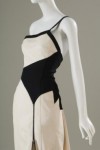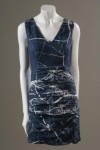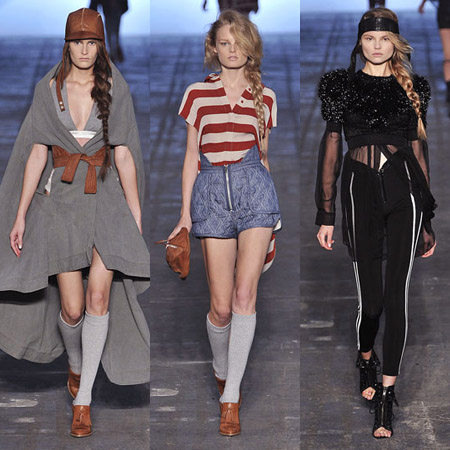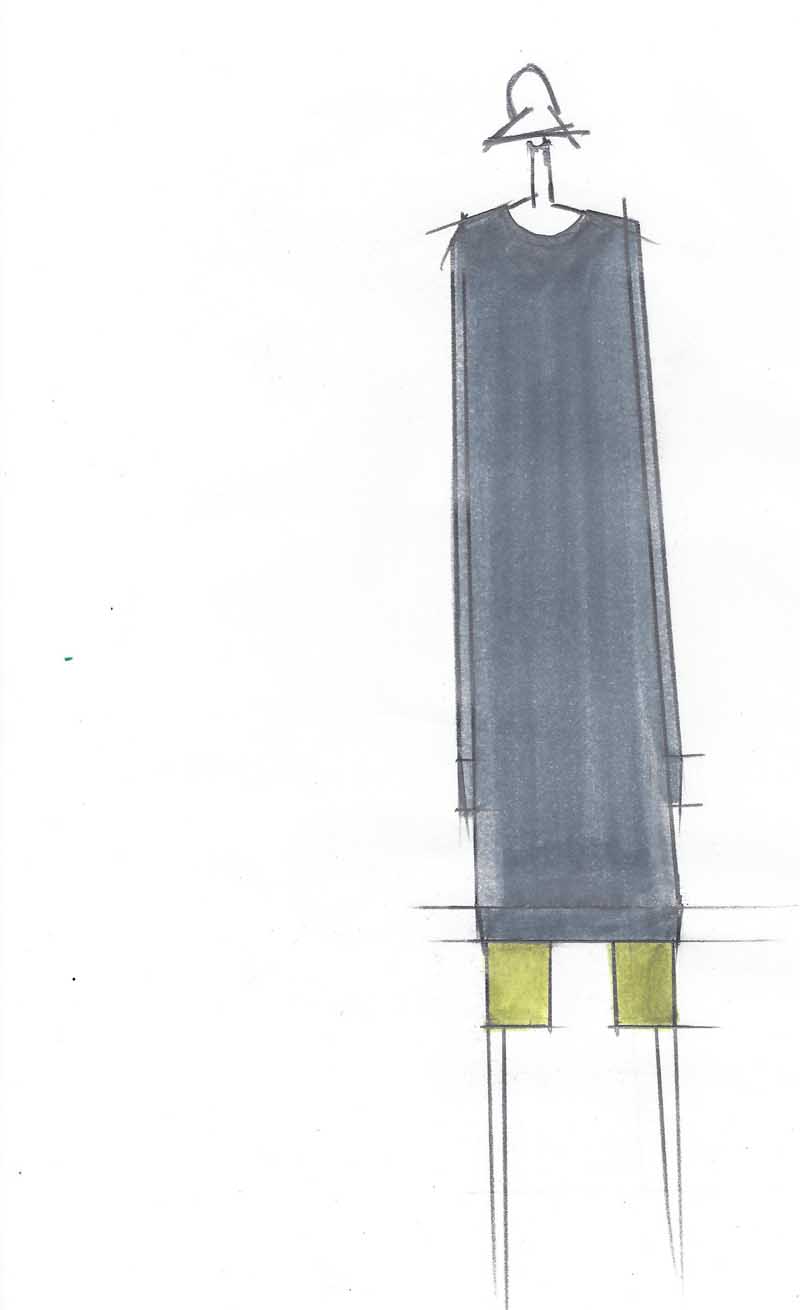 The Museum at FIT in New York
The Museum at FIT in New York
May 25 to November 26, 2010
NEW YORK, Apr 6, 2010 / FW/ — We always think of eco-fashion as just a few years old, the result of a 21st century marketing buzz. But, in actuality, being environmentally friendly has a long history, beginning with Rachel Carson’s “Silent Spring”, the 1962 book that is widely credited with helping launch the environmental movement.
Still, the Museum at FIT takes an even longer view in its Eco-Fashion: Going Green exhibition as it examines both positive and negative environmental practices over the past two centuries, providing historical context for today’s eco-fashion movement.
Generally, eco-fashion refers to the work of designers who use, produce, and/or promote sustainable, ethical, and environmentally-conscious products. The exhibition explores the longstanding, multifaceted and complex connection between fashion and the environment.
Featuring more than 100 garments, accessories, and textiles from the mid-18th century to the present, the exhibition will emphasize how each stage of fashion production—from fiber to finished garment has environmental consequences.

As a counterpoint, the extensive range of contemporary examples in the exhibition will showcase the increasing commitment of both designers and consumers to meet these environmental challenges, in a conscious effort to minimize harmful impacts.
Eco-Fashion: Going Green will begin with some of the finest examples of sustainable fashion by current, cutting-edge labels, including Edun, Bodkin, FIN, and NOIR. The approaches these brands take to social and environmental issues will act as lenses through which the exhibition will view the historical garments and their various effects on the environment.
The earliest object on display will be a silk brocade gown dated circa 1760. Eighteenth-century silk was painstakingly woven on hand looms, making it costly and complex to manufacture, and weavers were esteemed for their artisanal skills.

The garments and objects in Eco-Fashion: Going Green will reflect at least one of six major themes: the repurposing and recycling of materials material origins textile dyeing and production quality of craftsmanship labor practices the treatment of animals
The repurposing and recycling of textiles is sometimes considered the most innovative and responsible mode of eco-fashion. Historically, this concept has taken a number of forms. A dress dating circa 1840 was remade from an exquisite yellow, striped silk from the previous century.
Highlighting the emphasis on recycling in the 1990s will be a Martin Margiela jacket assembled from multiple silk scarves, along with a Xuly-Bët dress that incorporates worn sweaters and pantyhose. Also on view will be a dress and jacket by Alabama Chanin, a contemporary fashion label that combines the reuse of materials and local production in its primarily handcrafted garments.
From growing cotton to dyeing techniques, even the use of fur, feather and animal skins in fashion, the Eco-Fashion: Going Green exhibition touches on the most controversial subjects of our times.
Eco-Fashion: Going Green is organized by Jennifer Farley and Colleen Hill, along with Tiffany Webber. The exhibition will be on view from May 25, 2010 through November 13, 2010 in the Fashion and Textile History Gallery at The Museum at FIT.
[MARI DAVIS]
Photos courtesy of The Museum at FIT










